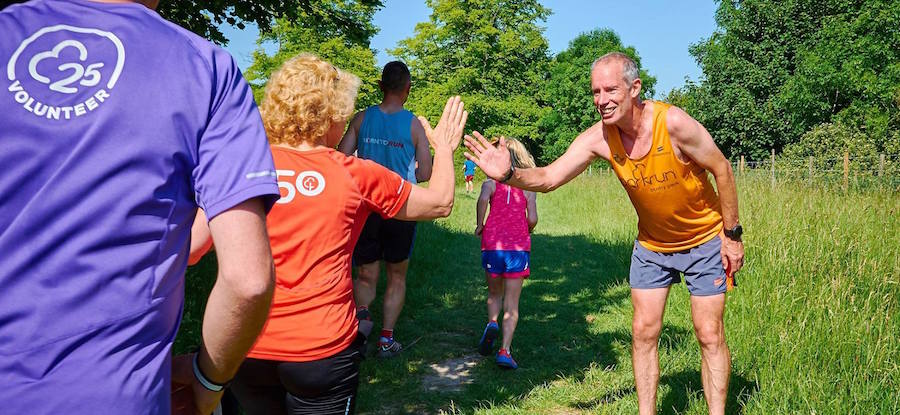Who knew that your Saturday parkrun adventures were not just a quick, fun dash around your local park, but also a life-changing investment in your future? A recent study suggests that parkruns do more than just get people moving—they can spark a remarkable boost in life satisfaction among participants. Conducted in the UK and published in PLoS Global Public Health, this research highlights how these vibrant community events are transforming lives, leading to benefits for both physical health and emotional well-being.

parkrun: the basics
Originating in the U.K., parkrun attracts hundreds of participants of all abilities to take part in free timed 5K runs held in parks, trails and open spaces every Saturday morning, with 2,200 locations across the globe. Endorsed by the World Health Organization (WHO) as part of its Global Action Plan on Physical Activity, parkruns have become a staple in many communities over the past two decades, attracting hundreds of thousands of participants globally. The success of parkrun stems from its community-oriented structure, which features fixed times and locations, making the events accessible and affordable.
Mental and physical benefits
The study involved 548 newly registered parkrunners who reported their life satisfaction before starting, and again after six months. The research was aimed at uncovering to what extent parkrun participation impacted the life satisfaction of participants while also looking at the cost-effectiveness of the event. Participants filled out a 47-question online survey at the start of the research project, and again six months later.
At the six-month point, participants showed a mean physical activity frequency of 3.1 to 3.4 days per week. While overall activity levels remained unchanged, life satisfaction significantly increased, from an average of 7.489 to 7.746, with the most significant gains observed among individuals who were least active at baseline. This subgroup reported a higher total number of parkrun events completed compared to more active individuals.
The benefits of parkrun have been particularly notable among individuals who were previously less active or facing mental health challenges. Participants often report improved physical and mental health, enhanced lifestyle satisfaction, and a sense of achievement. Remarkably, these benefits can last for up to a year.
A cost-effective community-changer
The cost-effectiveness of parkrun was also calculated, measured by the wellbeing-adjusted life year (WELLBY), used by the World Happiness Report and WHO. One WELLBY is equivalent to a one-point change in life satisfaction for each person yearly, with an estimated value of £13,000 (CAD $23,313). The study calculated a change in WELLBYs of 0.26, with an impressive total of 51,341 WELLBYs reported for the six months. The estimated economic value of improved life satisfaction for the 400,167 park run participants was a staggering £667.4 million (CAD $1,196,718,277).
When comparing the costs associated with parkrun events in 2019, the added value means parkrun is more cost-effective than other population-level interventions aimed at increasing physical activity. The benefit-to-cost ratio for the added value of parkrun to total activity was 16.7:1, far surpassing ratios associated with other interventions.
The positive impact on life satisfaction is largely attributed to increased physical activity, which in turn enhances mental well-being. Interestingly, the study indicated that physical health was the primary factor linking activity to life satisfaction, while mental health only contributed when coupled with physical improvements.

